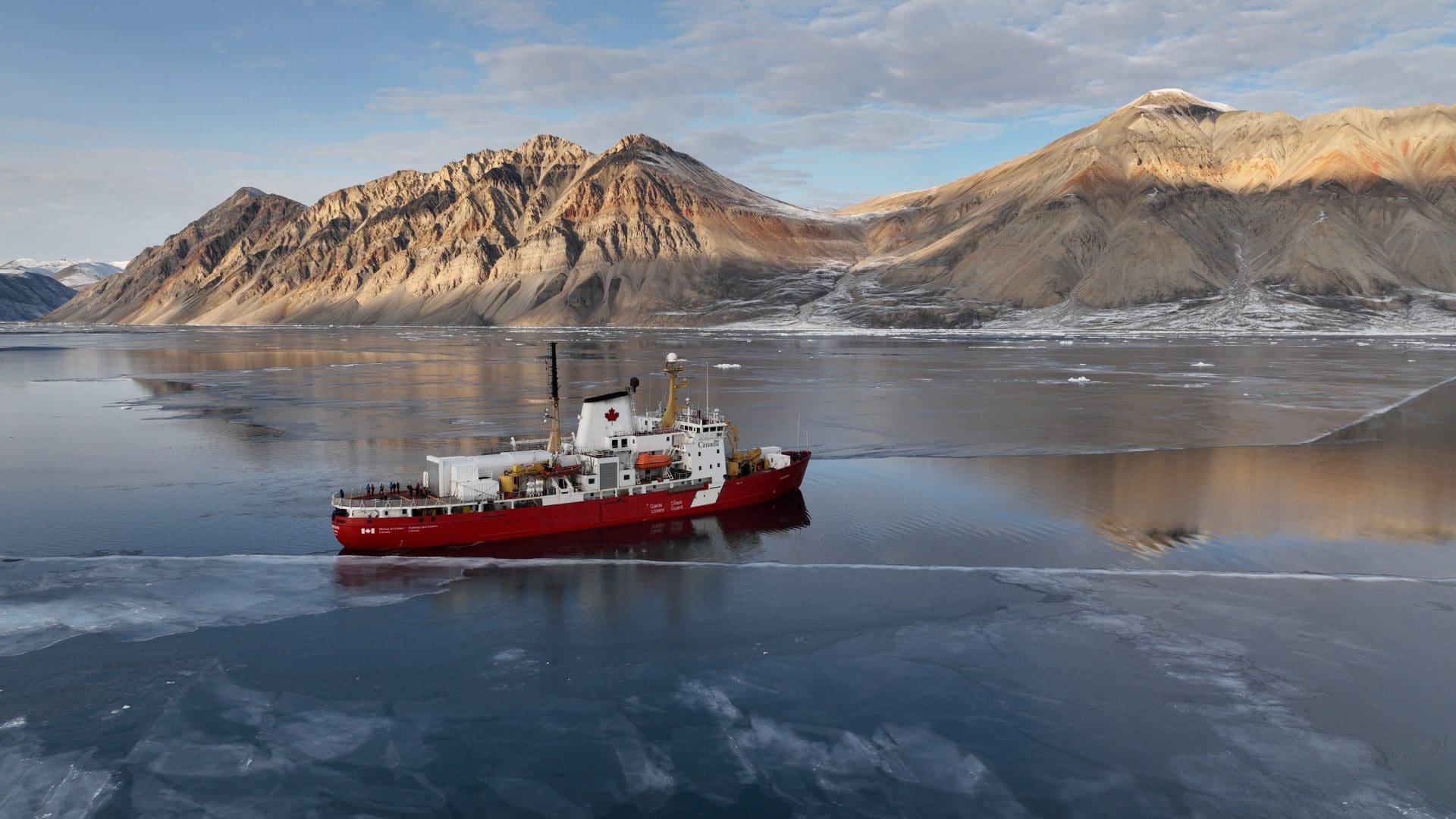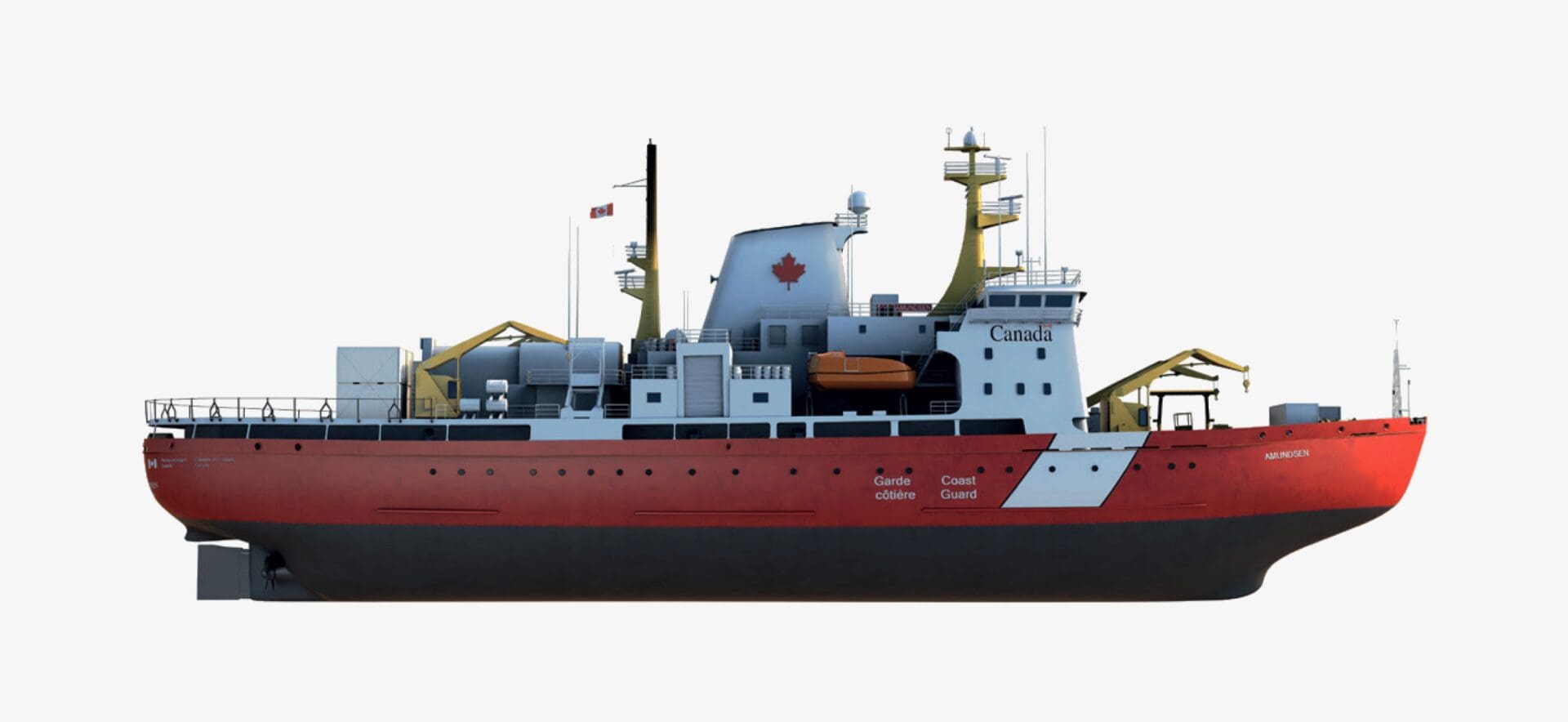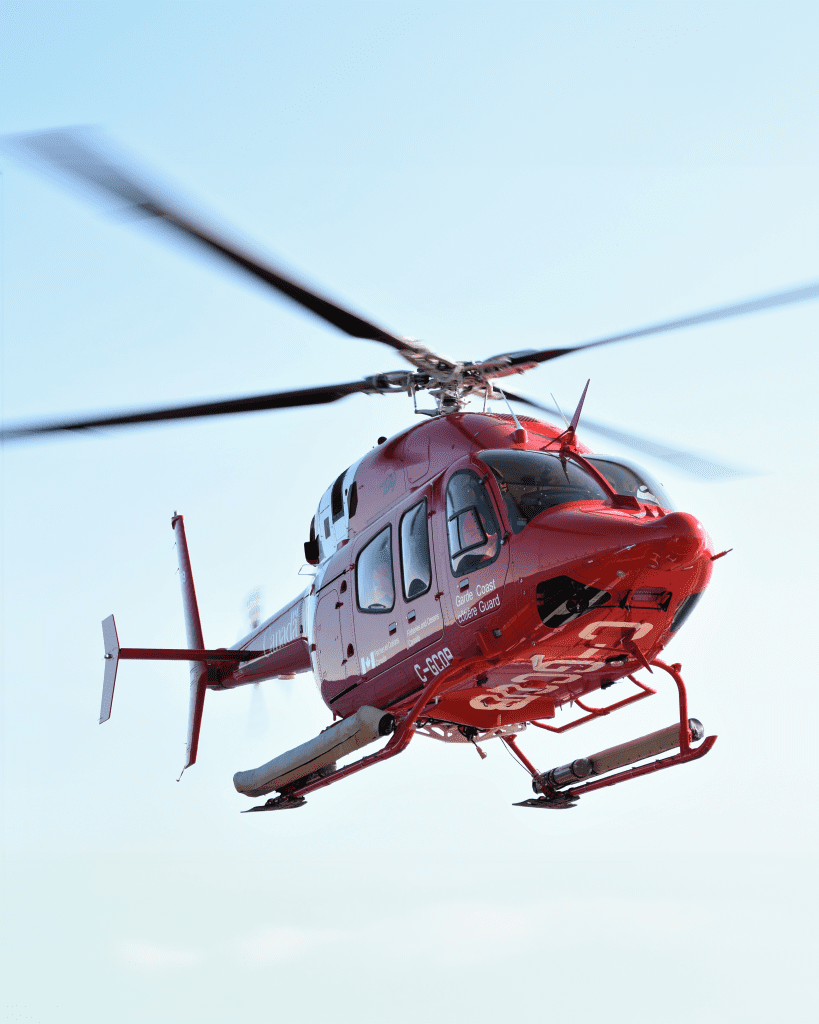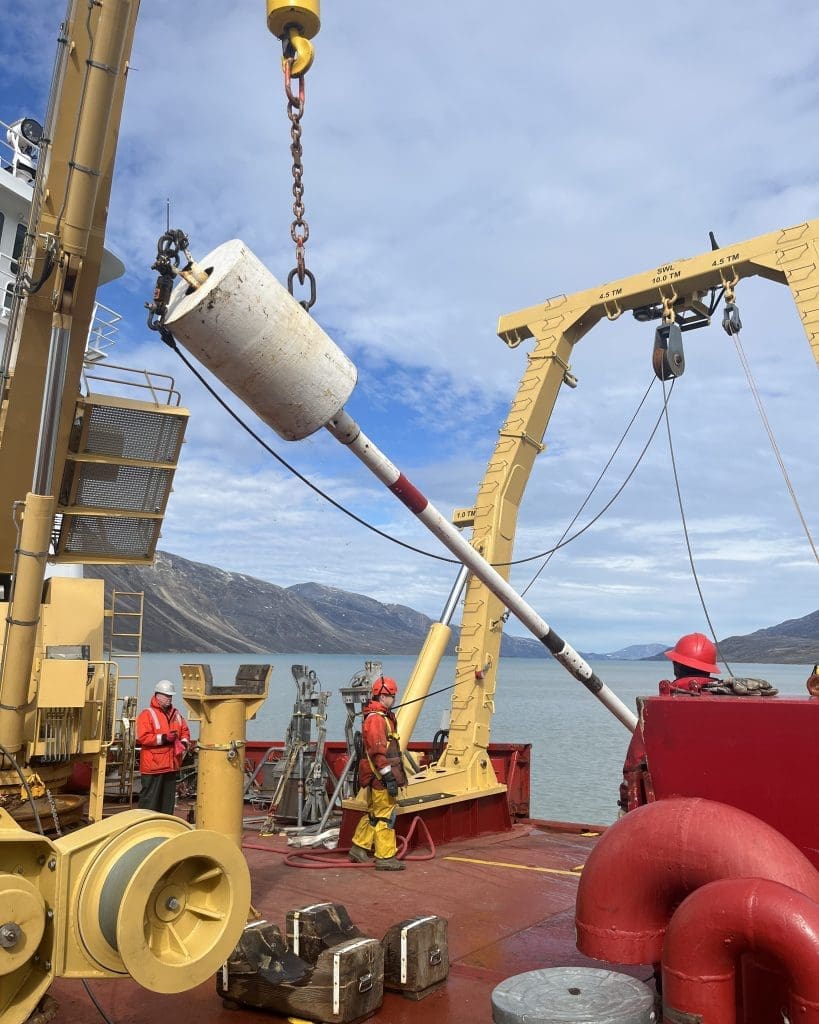CCGS Amundsen
The Canadian Coast Guard Ship (CCGS) Amundsen is Canada’s only icebreaker equipped with state-of-the-art research facilities in support of national and international multidisciplinary research programs. Previously known as the Sir John Franklin, the vessel underwent scientific retrofit to an Arctic research icebreaker in 2002.



























